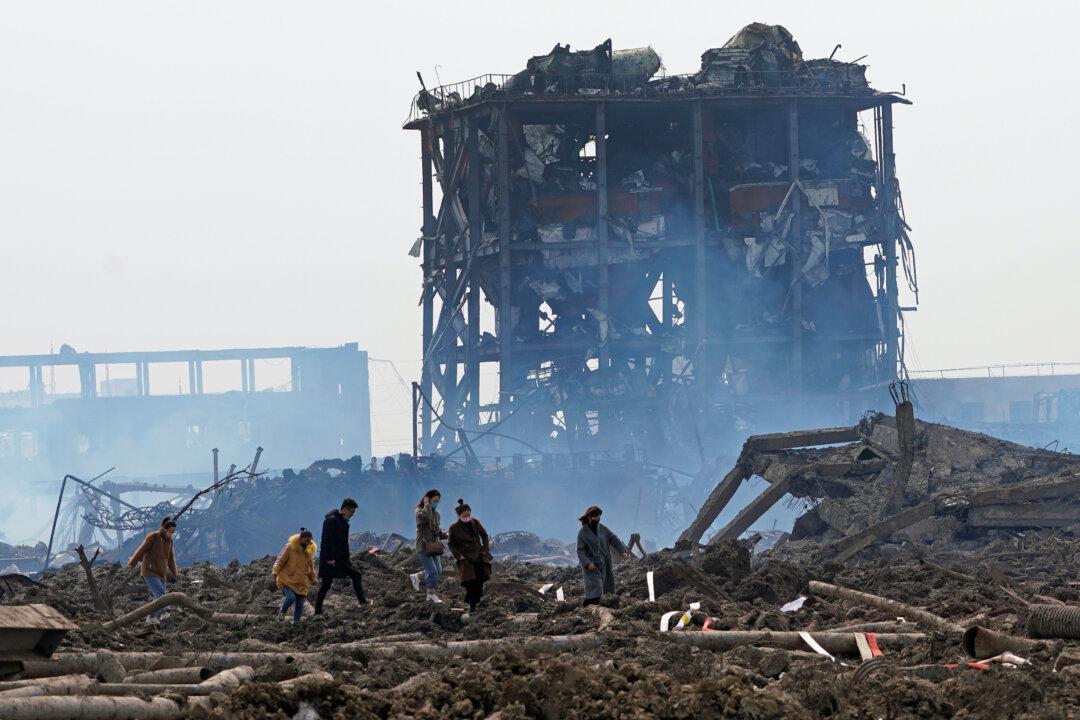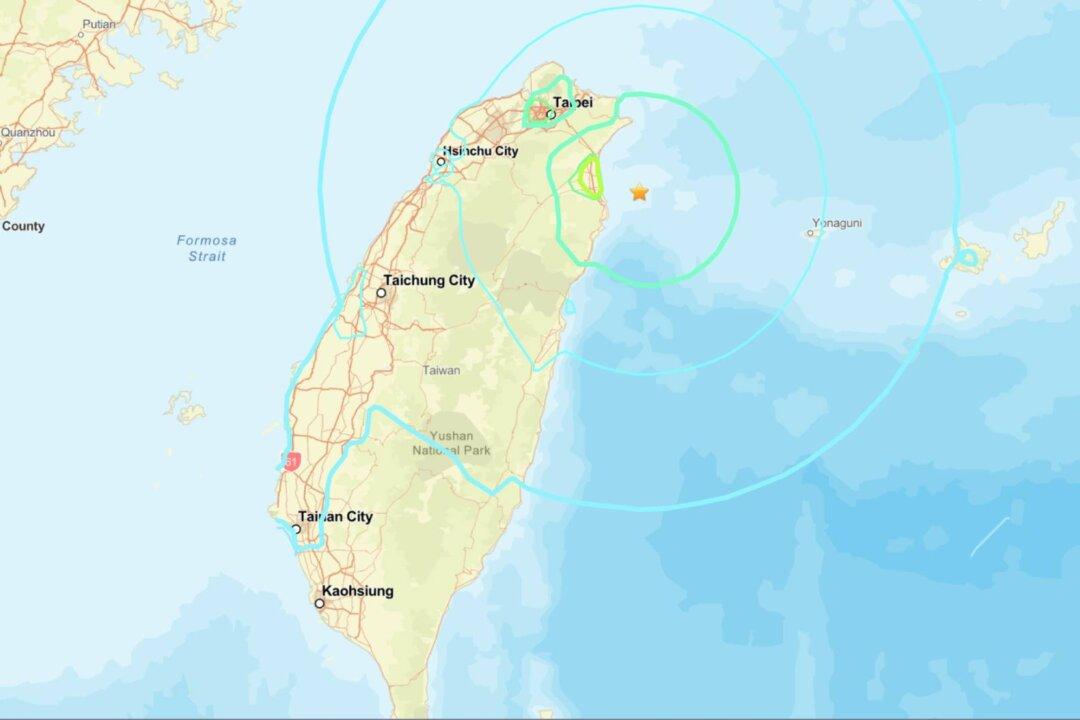BEIJING—The death toll from a massive explosion last week at a pesticide plant in eastern China rose to 78 on March 25, with 13 people listed as being critically injured.
Public anger over safety standards has grown in China over industrial accidents, ranging from mining disasters to factory fires, that have marred three decades of swift economic growth.





